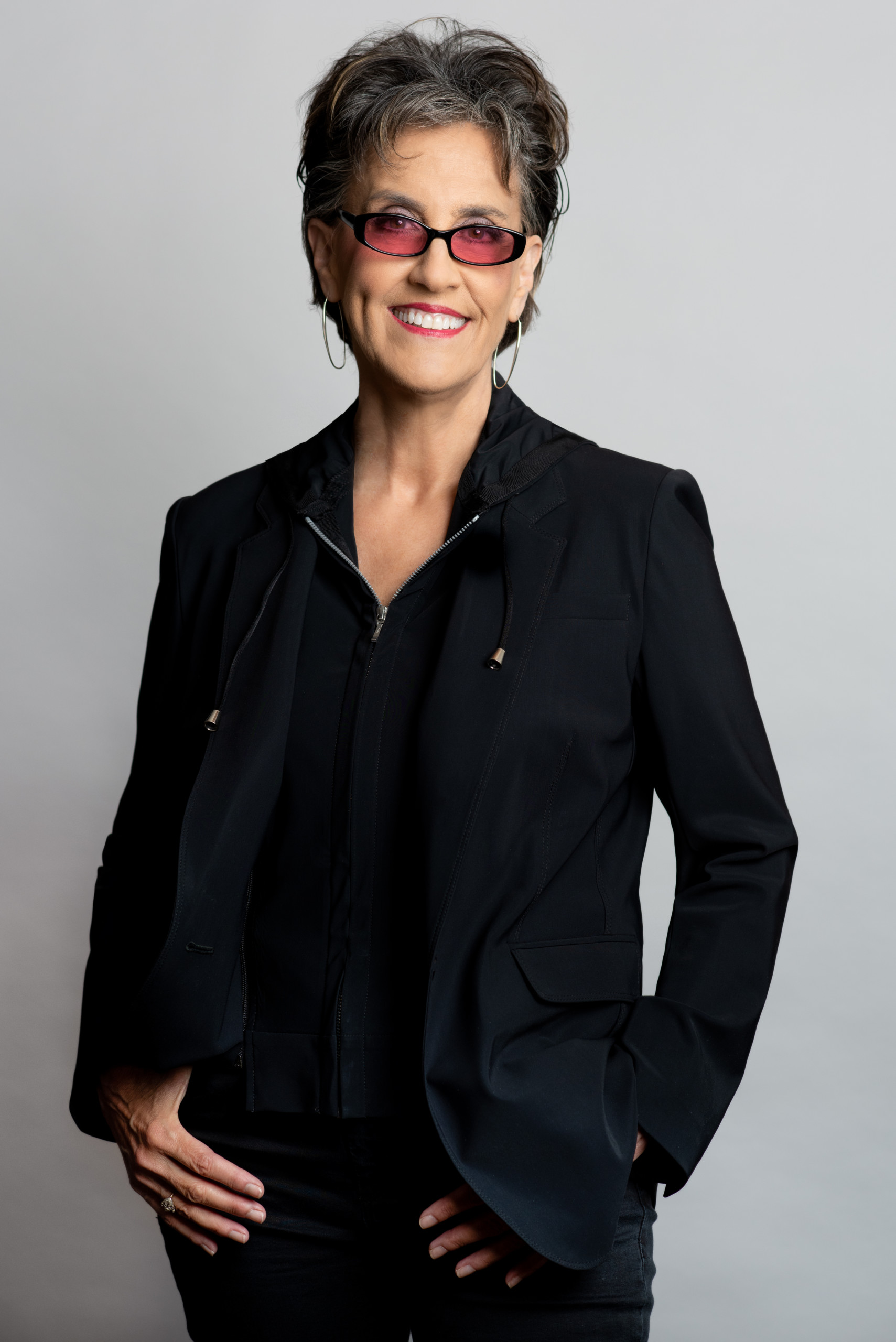
New Yorkers may remember Martha Schwartz, 70, as the woman who replaced Tilted Arc, a much hated and controversial Richard Serra sculpture in a Lower Manhattan plaza, with an array of goofy circular benches surrounding Hostess Sno Ball-shaped grassy mounds. That was in the 1990s. Since then, most of her landscape projects have been in China or Europe. Typically, they’re urban plazas punctuated by startling blazes of color and surprising sculptural interjections. If landscape architecture is a balance between nature and artifice, Schwartz appeared to lean toward the latter
But not anymore. Speaking from her Harlem studio, she explains, “I’ve actually stopped practicing as a landscape architect.” Instead she’s repositioned herself as a crusader for her profession’s role in stopping global warming. As a professor at Harvard’s Graduate School of Design, she’s gotten to know her neighbors, specifically the university’s geoengineers. “And they know everything you need to know about climate change.”

Schwartz argues that some 70 percent of the world’s populations will be living in cities by 2050. So how those cities are built is crucial to the planet’s survival. “I have a grant from Harvard to study the linear urban forest,” she says. The basic idea is that the infinite amount of land currently used as streets and covered in asphalt needs to be permeable, so that storm water replenishes our aquifers, and intensively planted with trees.
What might the planet-saving approach to landscape design look like? Schwartz mentions an airport-design competition her firm won. The project is unbuilt and she can’t reveal the client, but the idea—dizzyingly counterintuitive—is that it would be the world’s first “carbon negative” airport. The airport would essentially be a vast earthworks sculpture made from types of rock that “bond with carbon dioxide and sequester carbon.” While the concept itself is seductive, what clearly sold the project was the renderings depicting a swirly, colorful, incredibly futuristic terrain.
But Schwartz’s main work right now is making the case, through lectures and lobbying within the profession, that landscape architects are uniquely positioned to radically remake urban places and help undo the urban “heat-island effect.” Her argument is simple: “We fucked it up so badly. Fundamentally, we have to unfuck up the earth, we have to regenerate it. If we’re going to survive, we have to see it in a different way.
Craving more culture? Sign up to receive the Cultured newsletter, a biweekly guide to what’s new and what’s next in art, architecture, design and more.




